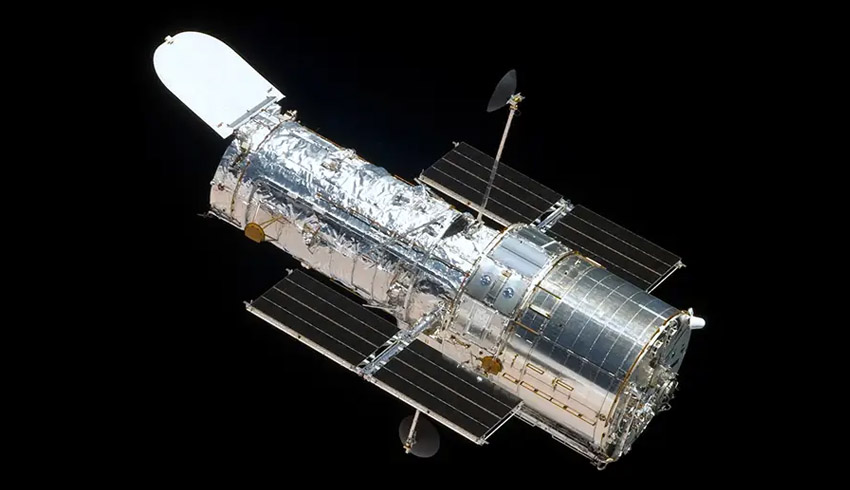
The Hubble had been inoperational since it experienced a glitch on 13 June, which sent the instruments into a ‘safe’ standby configuration and suspended all science operations.
The first observation was scheduled for Saturday afternoon, following the completion of some instrument calibrations.
All planned observations that were missed while Hubble was inoperational have now been rescheduled in the future.
“Hubble is an icon, giving us incredible insight into the cosmos over the past three decades,” said NASA administrator Bill Nelson.
“I’m proud of the Hubble team, from current members to Hubble alumni who stepped in to lend their support and expertise.
Thanks to their dedication and thoughtful work, Hubble will continue to build on its 31-year legacy, broadening our horizons with its view of the universe.”
The news came after NASA announced it had successfully switched the Hubble’s operations over to its backup hardware, after locating the possible cause of the glitch, in the telescope’s Power Control Unit (PCU).
The PCU resides in the same unit as the primary payload computer – with both residing in the Science Instrument Command and Data Handling (SI C&DH) unit.
The PCU ensures a steady supply of five volts of electricity is provided to the payload computer and its memory hardware.
A secondary protection circuit monitors voltage levels leaving the PCU’s power regulator, and if the voltage falls outside of its ‘allowable levels’, this secondary unit is designed to tell the payload computer to cease operations – like it has done since 13 June.
NASA’s Hubble team believed that either the voltage level from the regulator is falling outside the secondary unit’s allowable levels, and triggering it tell the payload the cease operations, or the secondary unit is malfunctioning due to degradation and is stuck in this “inhibit state”, keeping the payload computer from functioning.
In light of this diagnosis, the Hubble team swiftly switched the primary payload computer’s operations over to its backup unit, which includes a backup PCU.
NASA spent a week or so preparing for the switch, with all procedures and tests completed and reviewed ahead of the move.
The switch began on Thursday, 15 July, and NASA said it would several days to complete.
First deployed in 1990, the Hubble Space Telescope is largely considered one of NASA’s most successful science instruments.
In the three decades since its deployment, Hubble has made over 1.5 million observations, including black holes, nebulas and new galaxies, expanding our understanding of the wider universe.
“Hubble has peered back into our universe’s distant past, to locations more than 13.4 billion light years from Earth, capturing galaxies merging, probing the supermassive black holes that lurk in their depths, and helping us better understand the history of the expanding universe,” NASA said.
“In its over 30 years of operation, Hubble has made observations that have captured humanity’s imaginations and deepened our knowledge of the cosmos.”
Despite its age, NASA believes the Hubble will continue to provide scientific data for years to come, and will work in tandem with other space observatories, including the James Webb Space Telescope, to further our knowledge of the cosmos.
The James Webb Telescope has recently completed its final series of tests, and is due for launch later this year.

Hannah Dowling
Writer – Defence and Aerospace, Momentum Media
Hannah joined Momentum as a journalist in 2019, and has since written breaking news stories across a diverse range of corporate industries, including finance, real estate, investments and aviation. She has a keen interest in the global aviation sector, with a particualy focus on improving overall individual wellbeing across the aerospace industry.
Hannah graduated from Macquarie University in Sydney Australia with a Bachelor of Media (Journalism) and is currently pursuing postgraduate studies.
Send Hannah an email at [email protected] or connect via Twitter or LinkedIn.
Receive the latest developments and updates on Australia’s space industry direct to your inbox. Subscribe today to Space Connect here.









